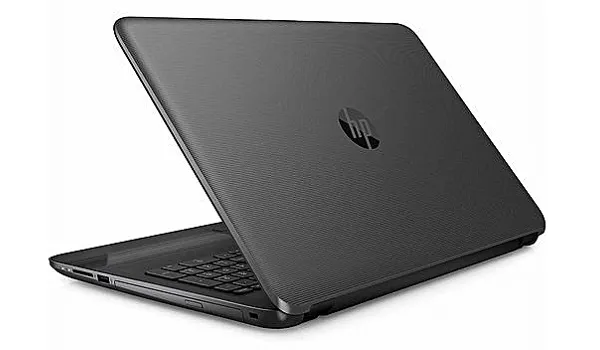It can be a nightmare when you resume our work day only to discover that your laptop is refusing to power on. Apart from the discomforting inconvenience, there’s the added worry that all your work, photos, documents, and much more could be lost, especially if not properly backed up.
While this can be a really frightening situation to find yourself in, all hope is not lost. There are some simple fixes you can try to get your computer back in working order. We’ve compiled this article to show you how to do it right.

First things first…
There are several reasons that could cause a laptop not to turn on. The power adapter, laptop screen, battery, or even a defective motherboard component are a few examples of these typical causes.
Ideally, you should start with the most likely causes, which are the easiest to correct, and work your way to the most complex, in order to fix a laptop that won’t power on.
Verify that there’s Power Supply
Although it might seem obvious, make sure you didn’t connect your laptop to the incorrect power supply. Similar-looking AC adapters for PCs are common. Your computer will therefore not function if the adapter doesn’t provide the right voltage and amperage for it to be turned on.
However, the power supply is most likely functioning if your laptop’s power light is on. A battery issue may be the problem if both the laptop’s power light and the adapter’s power light are on. This means you need to change the laptop’s battery, but make sure to do it with guidance from a trusted professional.
Check the Laptop’s Screen
The next thing you need to verify is if the problem is with the screen. It’s easy for people to assume that their laptop is off when it isn’t simply because the screen is black.
First, increase the volume on your external display if you have one connected. If that doesn’t work, try unplugging the external display and checking to see if the desktop shows up on the laptop’s primary window.
If not, you can boost the brightness using the brightness control key on your keyboard. If your laptop’s display is the only issue, try connecting a different external monitor to your HDMI or other video output port to rule out other possible causes.
There may be a problem with your laptop’s display adapter if the display shows nothing except power and/or lighted keyboard keys. You would need to have a computer repair professional replace the adapter in this situation.
Disconnect any Bootable Storage Devices
Bootable storage devices can result in start-up issues for your laptop if you’ve ever used one, such as a USB stick or DVD. This is especially true if you’ve used them in the past to launch your laptop and then forgot to remove them.
So, take them out first, then try to start your laptop again.
Perform a Hard Restart
Another fix you can try is to attempt a hard restart. If your laptop abruptly shut down while you were using it, it may have been triggered by an electrical shock of some kind, disconnecting the power to the safety feature incorporated into newer motherboards. This prevents electrical overload on delicate components.
By taking out the battery, unplugging the power adapter, and keeping the power button down for 30 seconds, you can dispel any remaining energy. Next, reconnect the power adapter, give the system a 30-second wait period, and then power it on. If your laptop powers on, shut it down again, then install the battery once more.
After reinstalling the battery, if the laptop still won’t switch on, you probably have a bad battery and should get a new one.
Switch out the CMOS battery
The CMOS on a laptop’s motherboard is powered by a small circular battery, enabling the BIOS to load the operating system and all input and output devices during bootup.
As such, your laptop won’t start if this CMOS battery is dead. If opening the laptop’s case is something you feel confident doing, you can replace the CMOS battery by yourself. However, most people choose to have a skilled professional replace it, so consider doing that also.
Verify that all cooling vents are free from obstructions
If any components of your laptop—especially the CPU—become too hot, unique safety circuits in laptops will turn off the power to your device. Overheating can occur for a variety of causes, but it most frequently occurs when you use the laptop on a couch, sofa, or any other surface that obstructs the cooling vents in your device. To keep your laptop cool, make sure to avoid any such obstructions.
Hair, dust, or other debris around cooling vents can also contribute to overheating, so it’s a good idea to clean all of the vents in your laptop from time to time.
After cleaning and restoring ventilation, attempt to turn on your system again and see if it responds.
Finally, if nothing seems to work, we advise that you take your laptop to a professional who would be more equipped to perform a thorough assessment and fix your laptop properly.
Of course, you can choose to skip all the steps we’ve suggested at the beginning and just go straight to a professional. You may not always have that luxury though, so when you have to, just take a cue from one or more of our suggestions in this article.
We hope that this article has helped you, so don’t forget to recommend it to your friends and loved ones so they can also benefit from it.
- Don’t miss our mobile phone reviews.
- Follow our news on Google News.
- Join our WhatsApp Group, to be notified of the most important articles and deals,
- Follow us on Instagram, Facebook, Twitter, and YouTube.